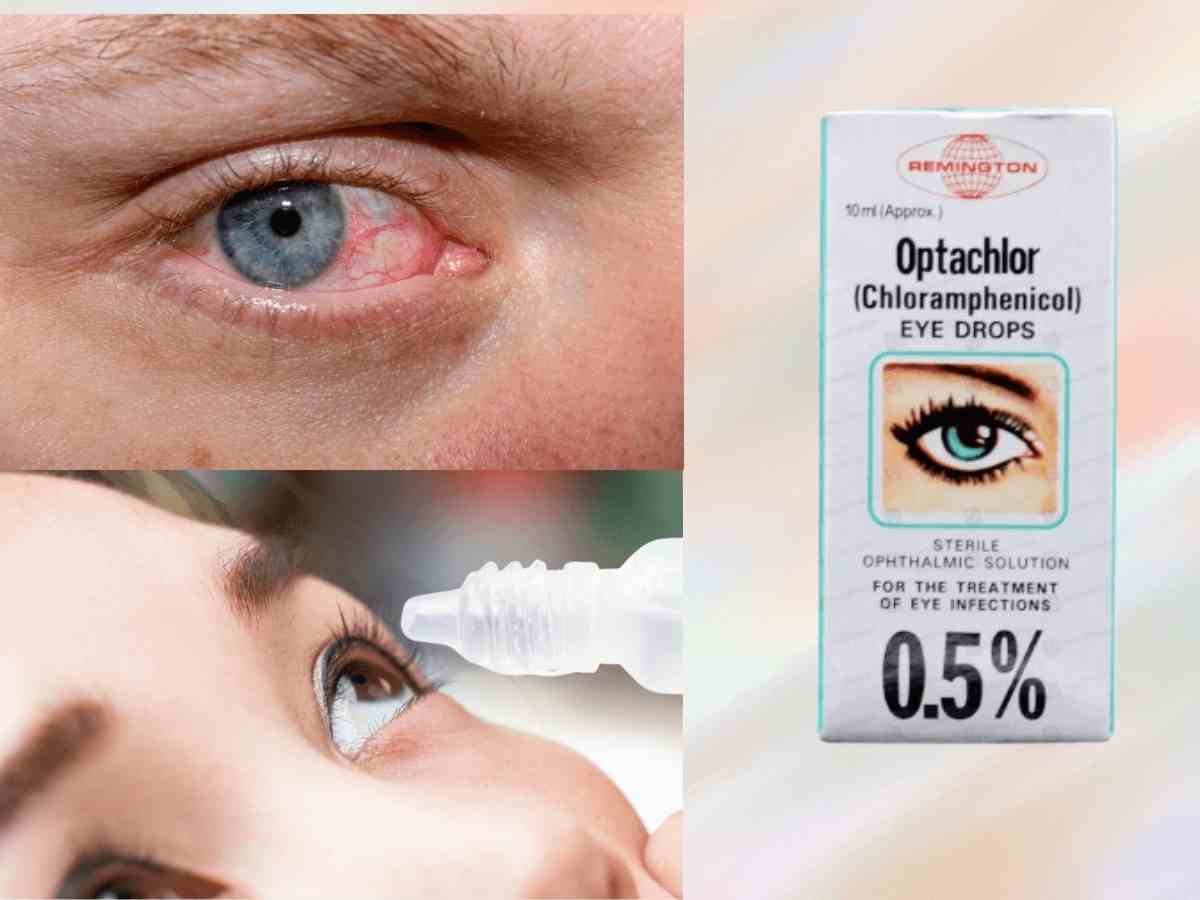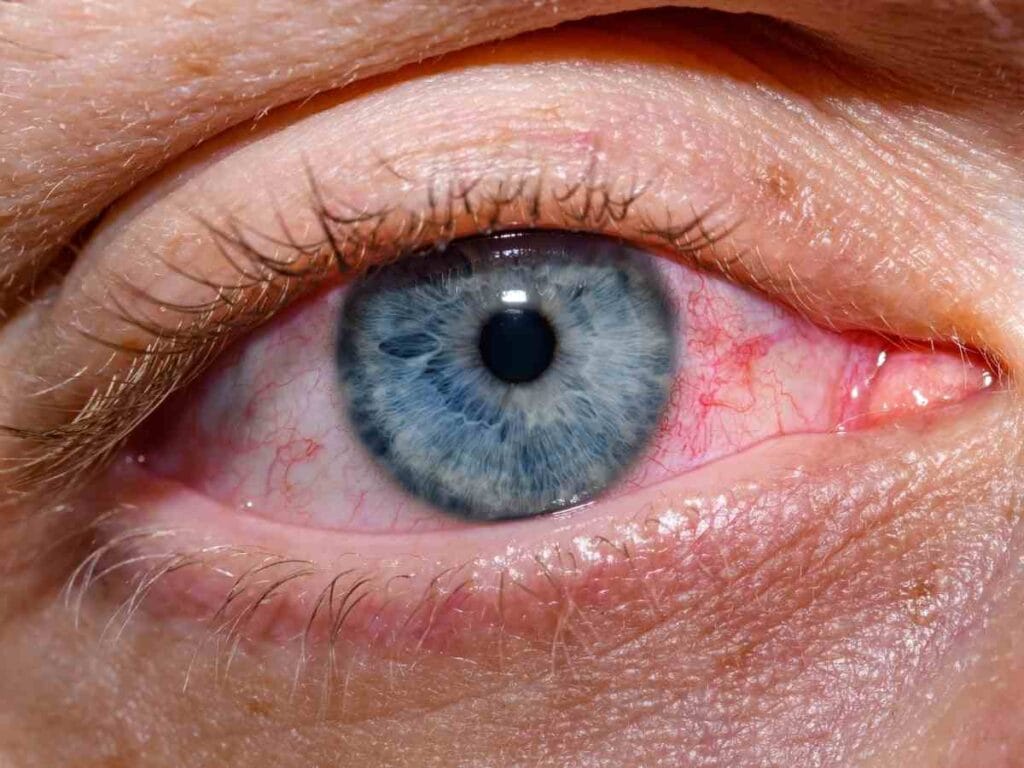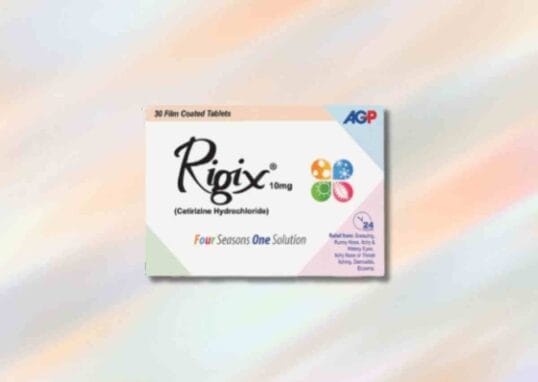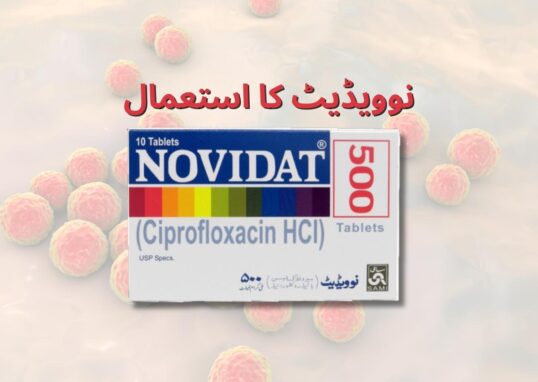
Optachlor eye drops treat bacterial eye infections. Chloramphenicol is an antibiotic that halts the growth of bacteria. This medication treats only bacterial eye infections but is ineffective against other types of eye infections. Unnecessary use or misuse of any antibiotic can reduce its effectiveness.

Product Information: Optachlor Eye Drops
Manufacturer
Remington Pharmaceutical Industries (Pvt.) Ltd.
Generic Name
Chloramphenicol
Description
Chloramphenicol inhibits microbial protein synthesis by attaching to the 50 S subunit of the 70 S ribosome and blocking the action of peptidyl transferase, thus stopping peptide bond formation. This mechanism also hinders the binding of aminoacyl transfer RNA to the peptidyl transferase active site.
Ingredients
Chloramphenicol
Drug Class
Antibiotic
Dosage Form
Drop
Optachlor eye drops uses
These drops are used to treat:
- eye inflammation
- bacterial eye infections
- conjunctivitis
Dosage
To be taken as per doctor’s prescription
How To Use Optachlor Eye Drops?
- Use this medication in the affected eye(s) as instructed by your doctor, typically 2 to 6 times daily.
- Wash your hands beforehand before applying eye drops. Do not contact the top of the dropper or let it contact your eye or any other surface. It may lead to contamination.
- Do not wear contact lenses while using chloramphenicol drops. Sterilize contact lenses according to the manufacturer’s instructions, and check with your doctor before you resume using them.
- Tilt your head back, look upward, and pull down the lower eyelid to create a pouch. Hold the dropper above your eye and place 1 drop into the bag. Look downward and softly close your eyes for 1 to 2 minutes. Place one finger at the corner of your eye (close to the nose) and apply light pressure. This will help stop the medication from draining out. Try not to blink and avoid rubbing your eye. Repeat these steps if your dose requires more than 1 drop and for your other eye if directed. Do not rinse the dropper. Replace the dropper cap properly after usage.
- If you use another type of eye medication (such as drops or ointments), wait at least 5 to 10 minutes before applying additional medications. Use eye drops before eye ointments to allow the drops to penetrate the eye.
- Wait until your vision is clear, and then go for driving or operating machinery.
- Use this medication consistently to gain the most benefit from it. Continue to use this medication for the entire duration prescribed, even if symptoms disappear after a few days. Ceasing the drop application too soon may result in a return of the infection.
- Inform your healthcare provider if your ailment persists or worsens.
Contraindications
Optachlor eye drops are contraindicated in case of:
- a viral or fungal infection
- allergy to the constituents
- tuberculosis
- damaged cornea
- Porphyria (a type of blood disorder)
- ulcerations
- increased eye pressure
Side Effects
Common side effects include:
- eye pain
- headache
- sensitivity to light
- watery eyes and irritation
- temporary blurred vision
- burning/stinging sensation
Precautions & Warnings
Do visit your healthcare provider immediately if facing any of these conditions:
- recent eye surgery
- glaucoma
- cataracts
- diabetes
- fungal infections
- rash or allergic reaction after application
Drug Interactions with Optachlor Eye Drops
Optachlor eye drop can interact with:
- methotrexate
- immunosuppressants such as azathioprine
- ritonavir
- cobicistat
Also Read: Polymalt Syrup 101
Missed Dose
If you miss a dose of optachlor eye drops, use it as soon as you remember. If now it’s your second dose time, skip the missed dose. Use your next dose at the suggested time. Do not double the dose to fix it.
Warnings For Using Optachlor Eye Drops
Pregnancy
Research suggests that optachlor eye drops should be avoided by pregnant women.
Lactation
Research doesn’t support the use of these drops for breastfeeding mothers.
Driving
Please avoid driving when taking optachlor eye drops, as it may affect your driving ability.
As a precaution, please consult your doctor if you need to prolong treatment, repeat courses, or have hepatic (liver) or renal (kidney) impairment.
Overdose
These drops may be harmful if swallowed. If you have overdosed and facing severe symptoms such as passing out or trouble breathing, visit the emergency as soon as possible.
Quick Notes: Optachlor Drops For Eyes
- Do not share these optachlor drops with anyone else.
- Optachlor eye drops have been prescribed for your specific condition only. Please do not use it later for a different infection unless your doctor advises you to.
- Laboratory and medical tests (such as complete blood counts and platelet levels) may be conducted while using this medication. Keep all medical and lab appointments. Consult your physician for more information.
Storage
Where to Store Optochlor Eye Drops?
- Depending on the producer, the product may be kept at room temperature or in a fridge.
- Do not freeze. Discard any unused medication after treatment is completed or 21 days after initially opening the bottle.
- Keep all medications away from pets and children.
- Do not flush drugs down the toilet or pour them into a drain unless directed.
- Properly dispose of this product when it is expired or no longer necessary.
Optachlor Eye Drops Price in Pakistan
The price of Optachlor eye drops is Rs. 49, but it may vary depending on the retailer you choose.
FAQs
بیکٹیریل آشوب چشم (گلابی آنکھ) کا علاج۔
بیکٹیریل کیریٹائٹس (قرنیہ کی سوزش) کا انتظام۔
پلکوں کی سوزش (بیکٹیریل بلیفیرائٹس) سے نجات۔
آنسو ڈکٹ کی سوزش (بیکٹیریل ڈیکرائیوسسٹائٹس) کا کنٹرول۔
پوسٹ آپریٹو آنکھوں کے انفیکشن کی روک تھام۔
کانٹیکٹ لینس استعمال کرنے والوں میں آنکھوں کے بیکٹیریل انفیکشن کا انتظام۔
کمزور مدافعتی نظام والے افراد میں بیکٹیریل آنکھ کے انفیکشن کا کنٹرول۔
آنکھوں کے بیکٹیریل انفیکشن سے وابستہ علامات جیسے سرخی، سوجن اور خارج ہونے سے نجات
Although the price may be high, it is available in different stores and online for 40-50 Rs.
Chloramphenicol can be utilized by most adults and kids, including infants. The eye drops and ointment is available for purchase at pharmacies for use in adults and children aged two years and older. For kids under two years, you’ll require a prescription for chloramphenicol from your physician.
They are used to treat eye inflammation, conjunctivitis, and bacterial eye infections.






